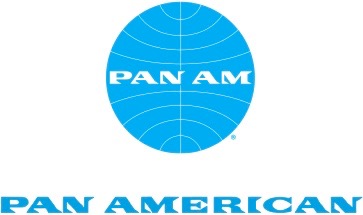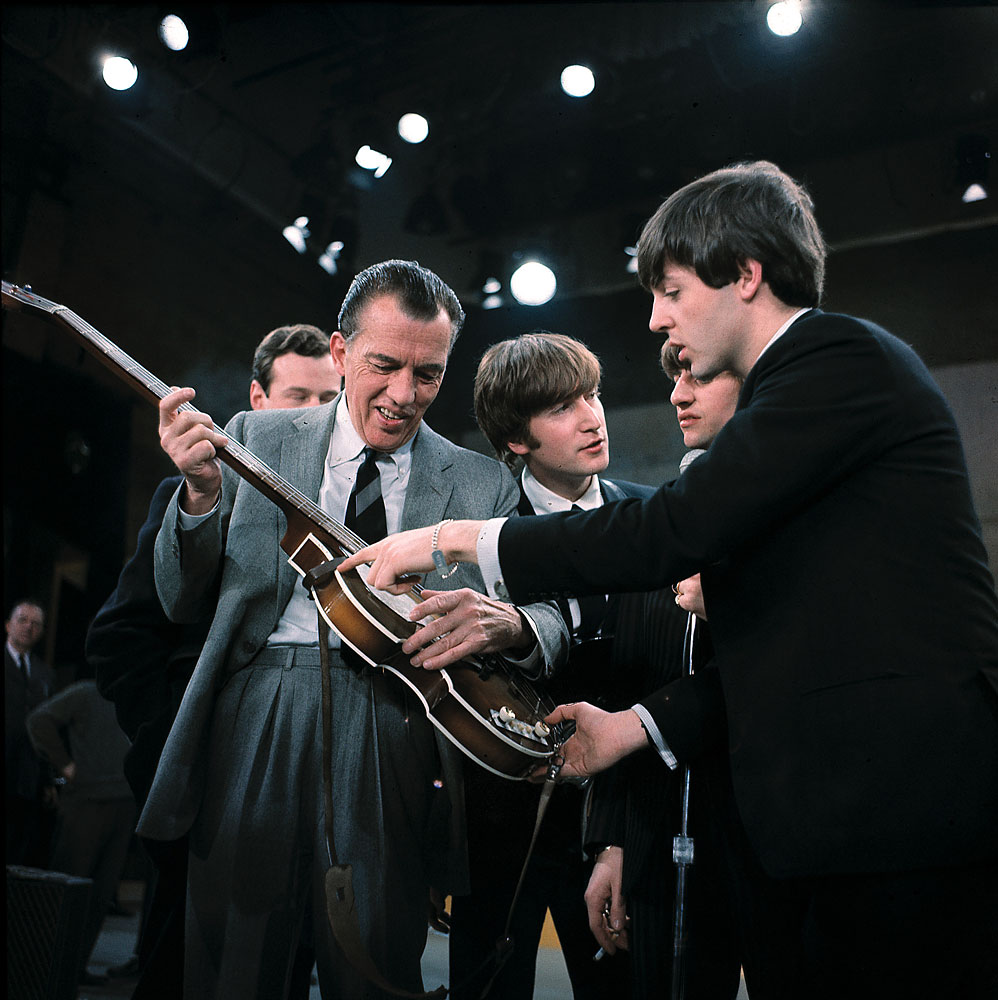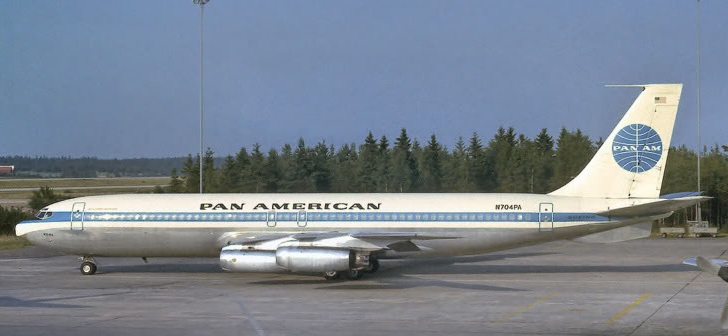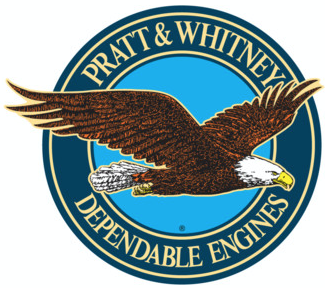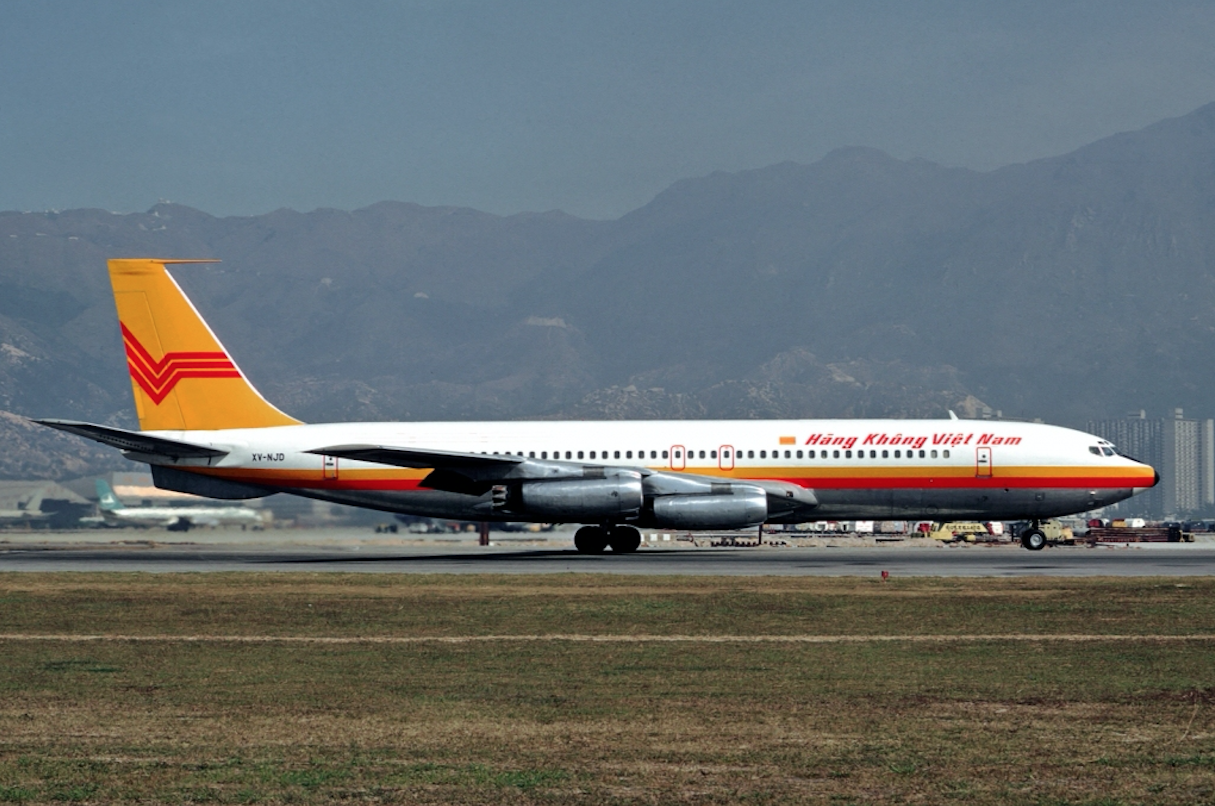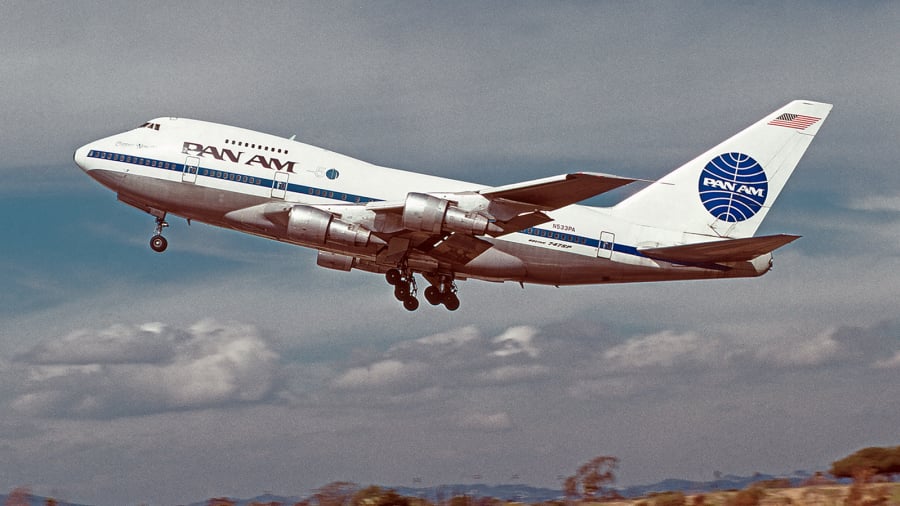
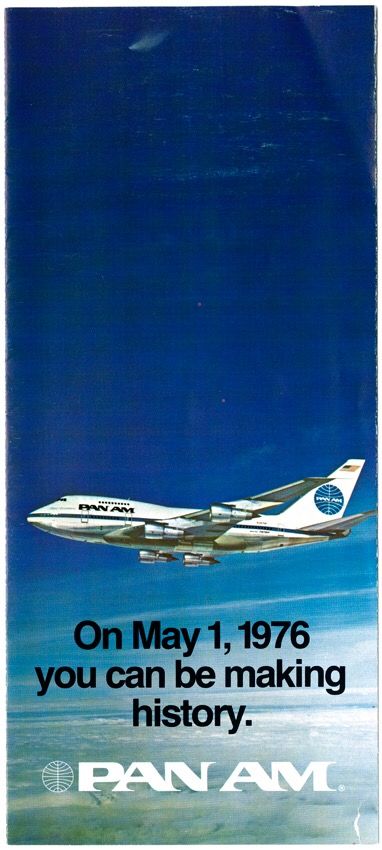

The total duration of the flight was 46 hours, 1 second. The actual flight time was 39 hours, 25 minutes, 53 seconds. Total distance flown was 23,137 miles (37,235.4 kilometers). The average speed for the entire flight was 809.24 kilometers per hour (502.838 miles per hour).⁴
Clipper Liberty Bell had been christened in a ceremony at Indianapolis on 30 April 1976 by Betty Ford, First Lady of the United States of America.
In 1977, Captain Mullikin flew the same 747SP on another circumnavigation, 29–31 October 1977, but this time it crossed both the North and South Poles. Renamed Clipper New Horizons, 21025 set 7 world records on that flight, with a total flight time of 54 hours, 7 minutes, 12 seconds. This trip was called “Flight 50.”
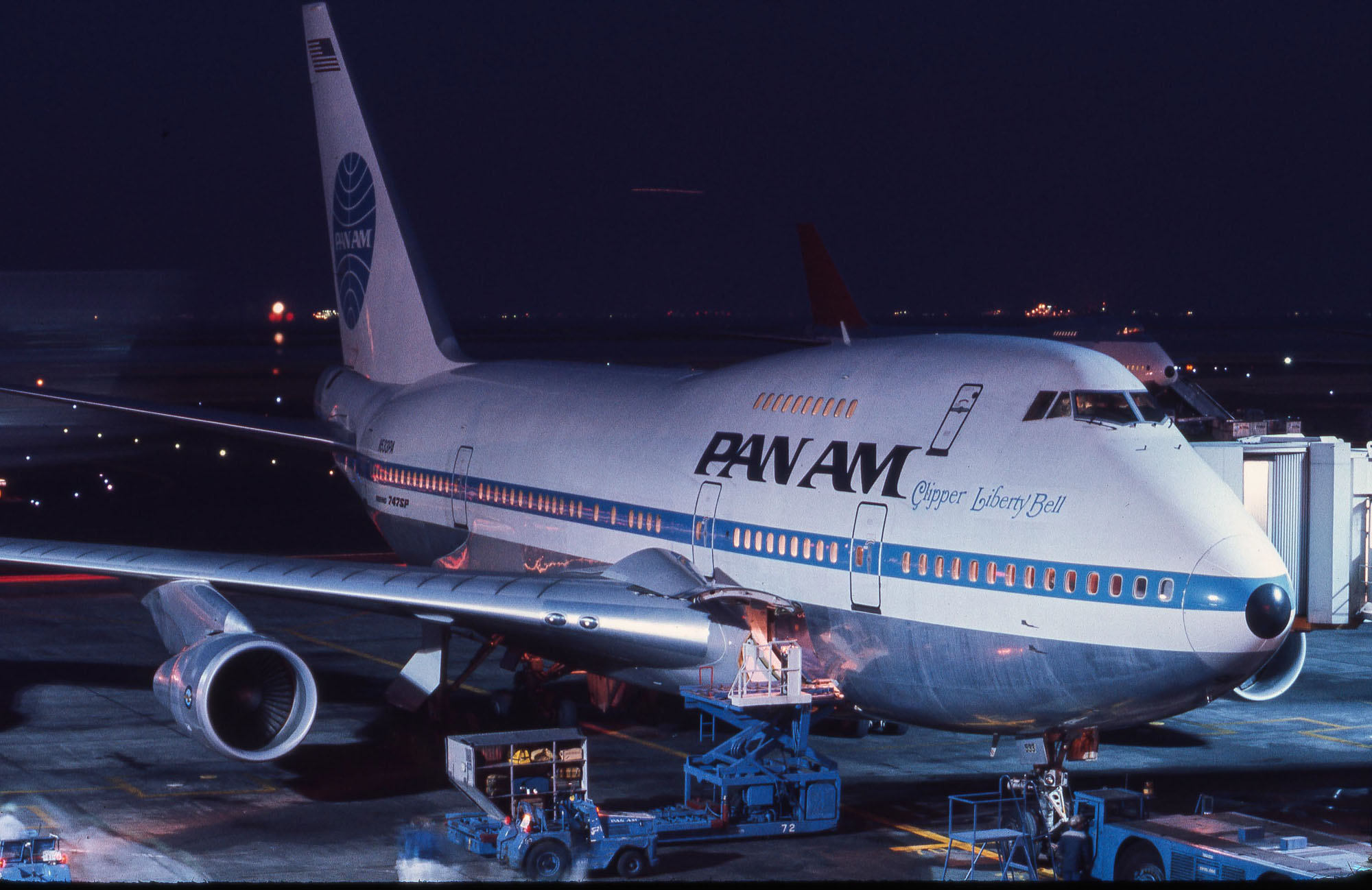

The 747SP is 184 feet, 9 inches (56.312 meters) long, with a wingspan of 195 feet, 8 inches (59.639 meters). It has an overall height of 65 feet, 1 inch, at maximum gross weight and 65 feet, 10 inches (19.837–20.066 meters), empty. It has an operating empty weight of 337,100 pounds (152,906 kilograms), and a maximum takeoff weight of 700,000 pounds (317,515 kilograms).
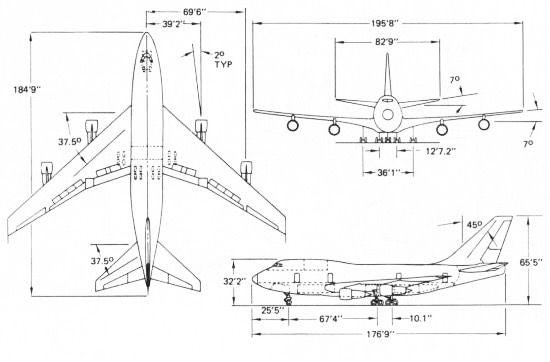
The 747SP could be ordered with Pratt & Whitney JT9D- or Rolls-Royce RB211-series engines. These engines had a range of thrust of 43,500–51,980 pounds (193.50–231.22 kilonewtons) for takeoff (5-minute limit), and resulted in variations of the airliner’s empty weight and fuel capacity.
The airliner had a design cruising speed (VC) of 0.86 Mach, and a maximum operating speed (VMO/MMO) of 375 knots KEAS, or 0.92 Mach. The service ceiling is 45,100 feet (13,746 meters) and the design range is 5,830 nautical miles (6,709 statute miles/10,797 kilometers). The fuel capacity is 48,780 U.S. gallons (184,652 liters), and it carries 600 gallons (2,271 liters) of water for engine injection.
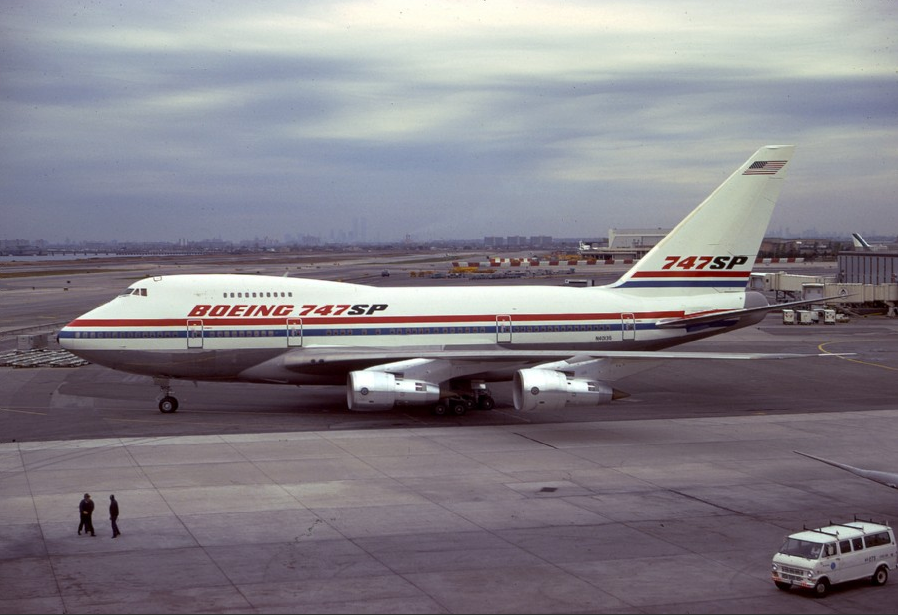
The record-setting Boeing 747SP-21, serial number 21025, was the fourth Special Performance 747 built, and one of 10 that had been ordered by Pan American World Airways. It first flew 8 October 1975, in Boeing’s corporate paint scheme. It was then retained for use in the test fleet. When flight testing was completed, the airliner was refurbished and repainted in the Pan Am livery. It was delivered to the airline 5 March 1976 and registered N533PA.
While in the Pan Am fleet, N533PA also carried the names Clipper New Horizons, Clipper Young America and Clipper San Francisco.
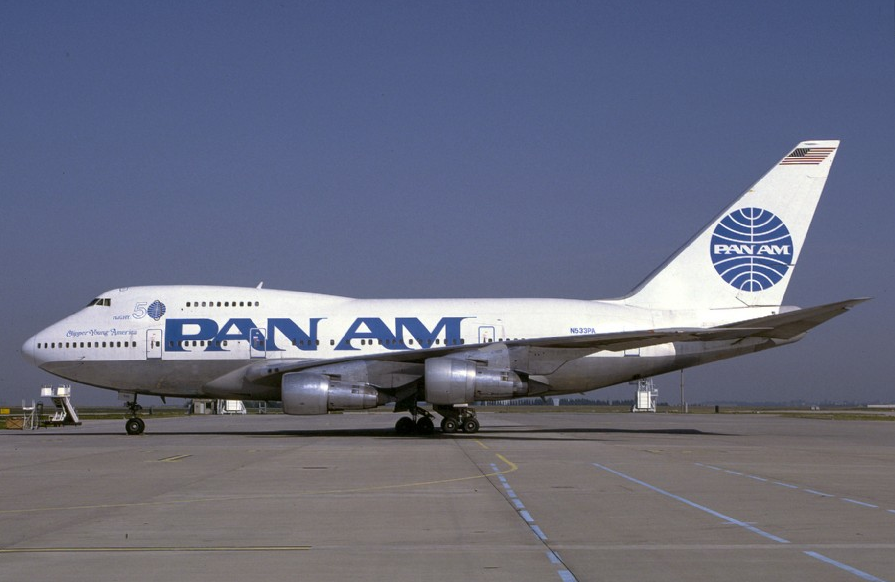
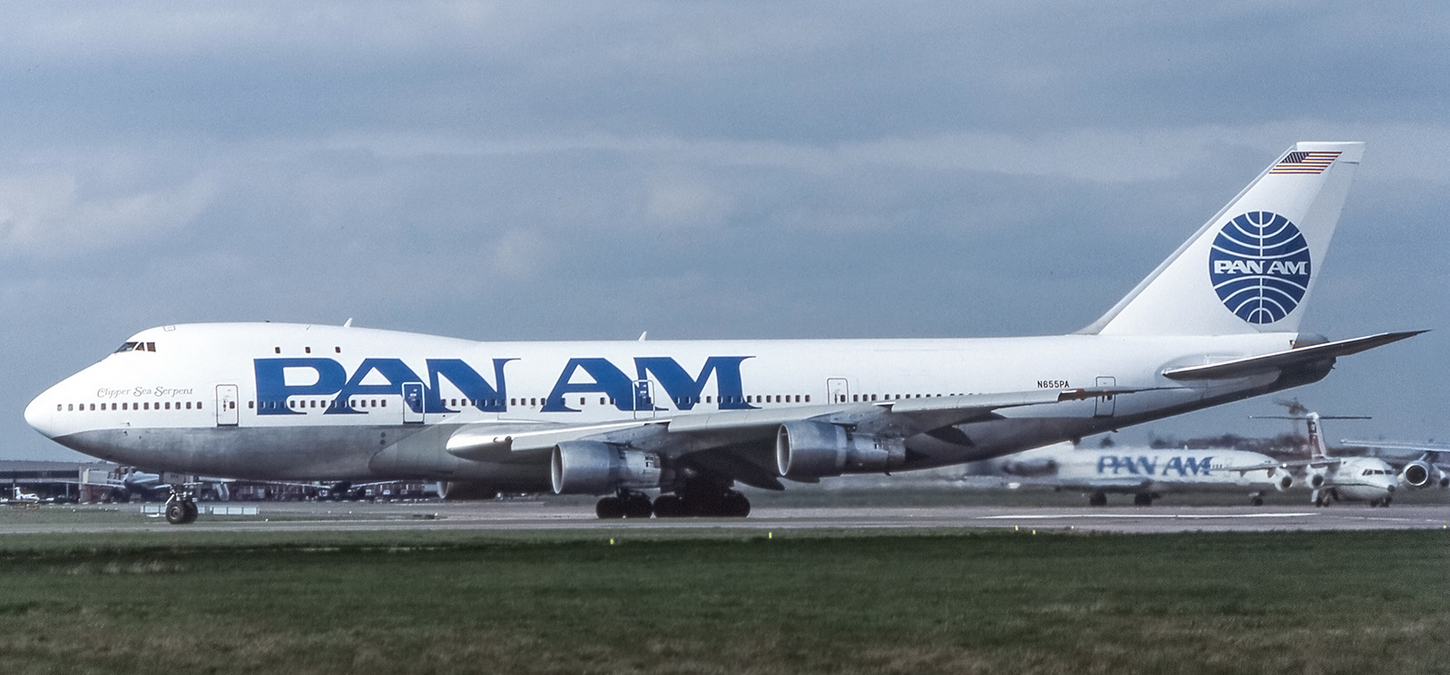
Pan American sold its fleet of Boeing 747SPs to United Airlines in 1986. 21025 was re-registered N143UA to reflect its new ownership. Twenty years after its first flight, 21025 was removed from service in 1995 and placed in storage at Ardmore, Oklahoma. It was scrapped in December 1997. The airliner had accumulated 78,941 total flight hours on its airframe (TTAF) with 10,733 cycles.
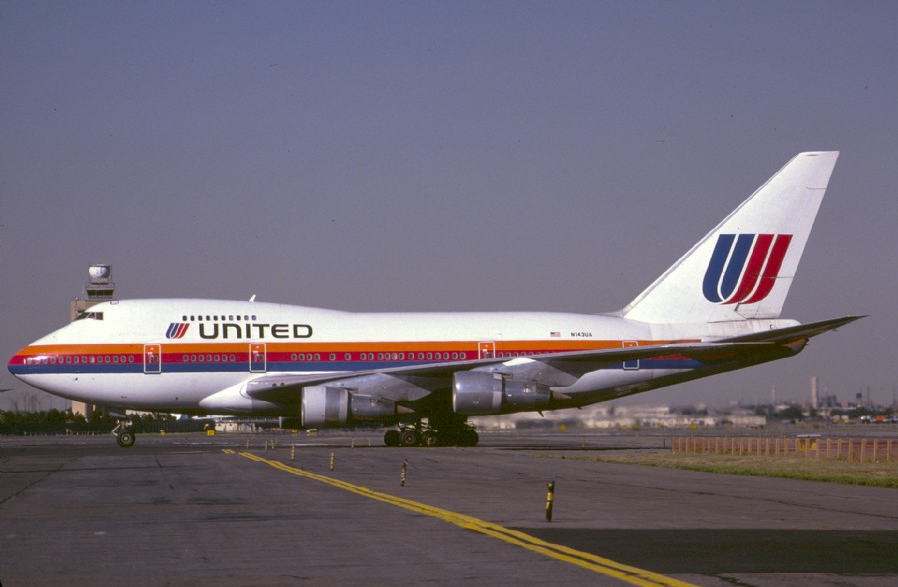
¹ FAI Record File Number 5671
² FAI Record File Number 5669
³ FAI Record File Number 1338
⁴ FAI Record File Number 5670
© 2019, Bryan R. Swopes

